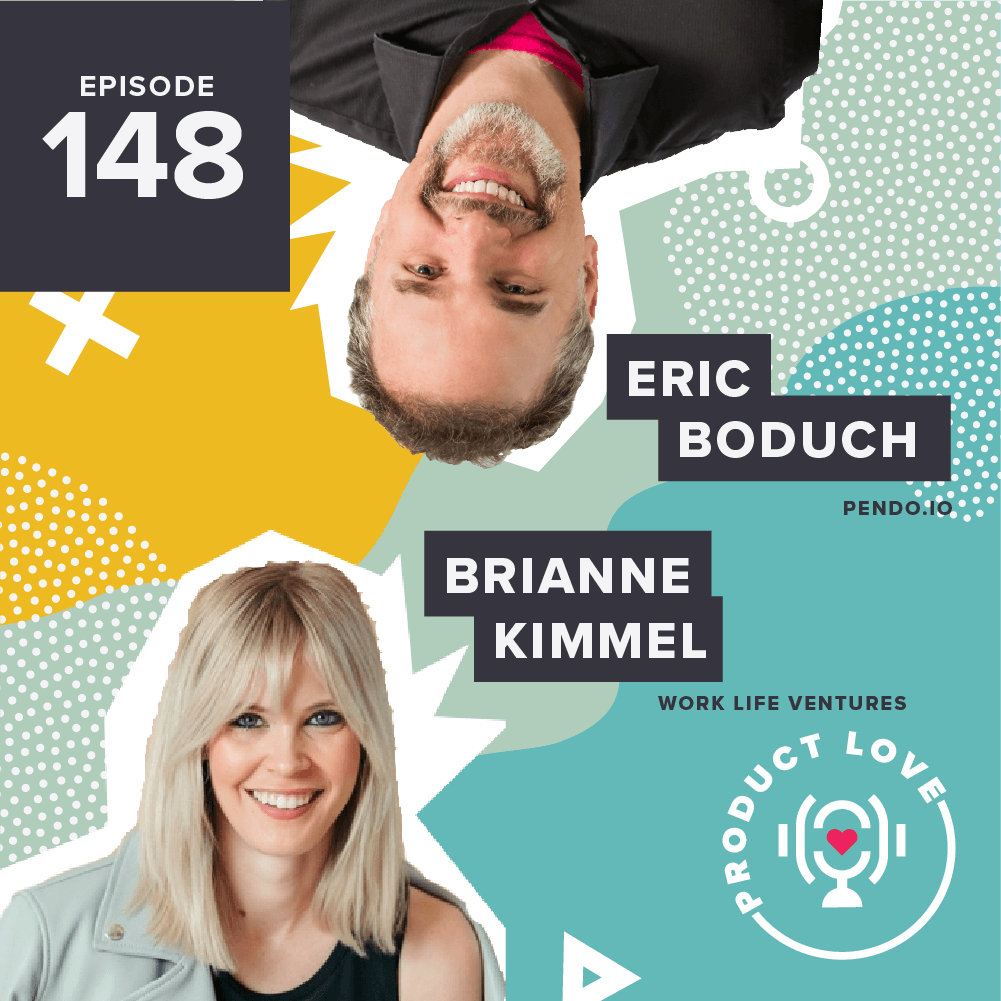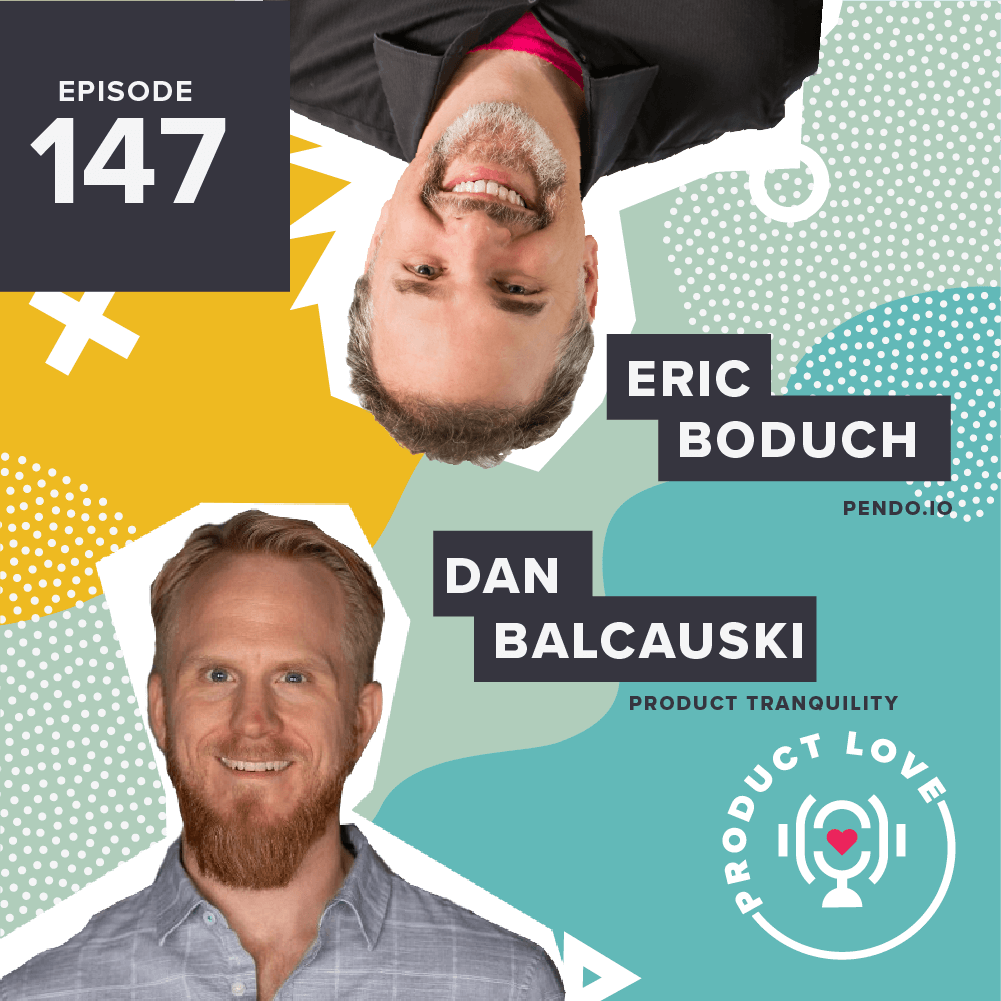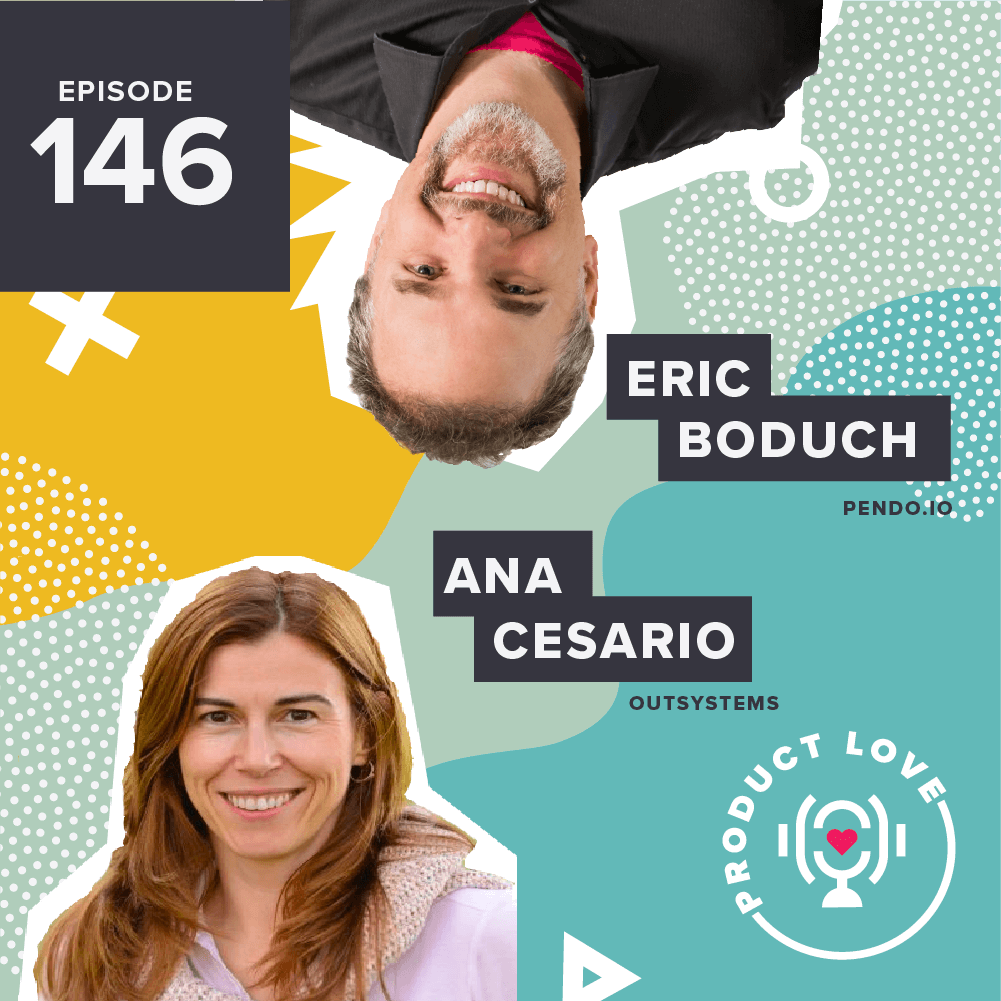Product Love Podcast: Jeremy Henrickson, VP of Product and Engineering of Rippling
This week on Product Love, I sat down with Jeremy Henrickson, the VP of Product and Engineering at Rippling. Rippling is an employee management platform that brings together Payroll, Benefits, HR, IT, and more so you can manage all your employee operations in one place.
Like most product managers, Jeremy’s foray into the field came from his fascination with how people interacted around computers. He studied computer science extensively and did consulting for companies that were trying to figure out the internet. But he realized his actual job was actually helping companies understand the user and product they were trying to build, as well as work with this new set of technologies. Does that description sound familiar? Jeremy was already doing product, before the rise of product managers.
On this week’s episode, we talked about his prioritization methods and how to survive scaling.
Draconian Prioritization
Having previously worked at Coinbase, Jeremy knows what it’s like to be flooded with feedback. Cryptocurrency is a turbulent space where peoples’ understandings are changing so quickly as trends ebb and flow. You can imagine the type of pressure that exists for a product manager that works there. There are many streams of feedback, so how can you manage that?
Jeremy has his own method that he calls draconian prioritization. Product leaders have to ask, “Okay, here are the things that if we don’t do it, this will kill the company.” Start there, and hold a hard line. The next line is, “What are specific things we’ve said are the most important things we need to accomplish in our business?” And then figure out what things align with that category.
It’s a great prioritization scheme across everything. Jeremy states that it doesn’t matter if a new idea arises, they stick to the same strict orientation. When people raise their own ideas, they’re forced to advocate for themselves and consider the limited resources.
Jeremy shares that this framework forces everyone to think like a product leader, which ends up creating alignment in the organization. It helps everyone focus on the true things that really matter, by eliminating things that are “nice-to-have” and focuses the debate on where it should be.
Product Leaders Who Can Scale
Jeremy believes that scaling is fundamentally a human issue. While they have their own special flavors because each company has their own culture, the bulk of it has to do with how humans interact with one another when they have a shared cause.
The first thing to get right is to see ahead of the curve and hire the right people that can also see ahead of that curve. It’s difficult to hire those people, especially in product. But Jeremy has some pointers when it comes to hiring product leaders who can scale well.
Hire a product leader that you believe can operate in a highly entrepreneurial fashion without a net, without the infrastructure of a mature product organization, and without a mature product marketing function. They’ll have none of that. But, they also have to be able to grow into that future state leader.
Jeremy also shares four qualities that he seeks in product leaders. Intelligence is the first one. They must be able to take a complex space, synthesize it, and reduce that complexity down to something that is understandable to the end-user. The second is a mind that can think in terms of clear priorities. They can distinguish between things that are nice, and the things that you’ve got to do. Third, someone who understands design. The product leader has to be able to work with their design counterparts. The last one is communication. Can they hear the intent behind someone’s words? Did they understand all the dimensions of their words?
Jeremy and I also talk about what he’s solving at Rippling, his time at Coinbase, and when there’s an exception to ruthless prioritization in the episode above.


